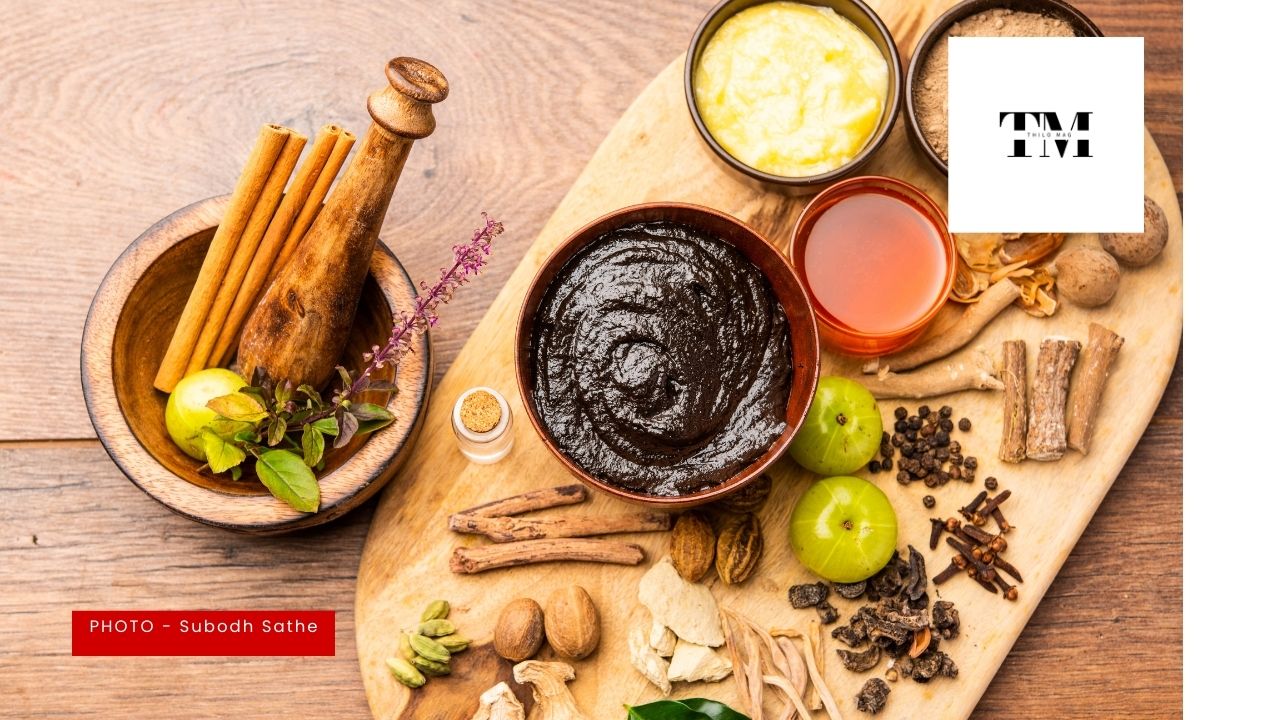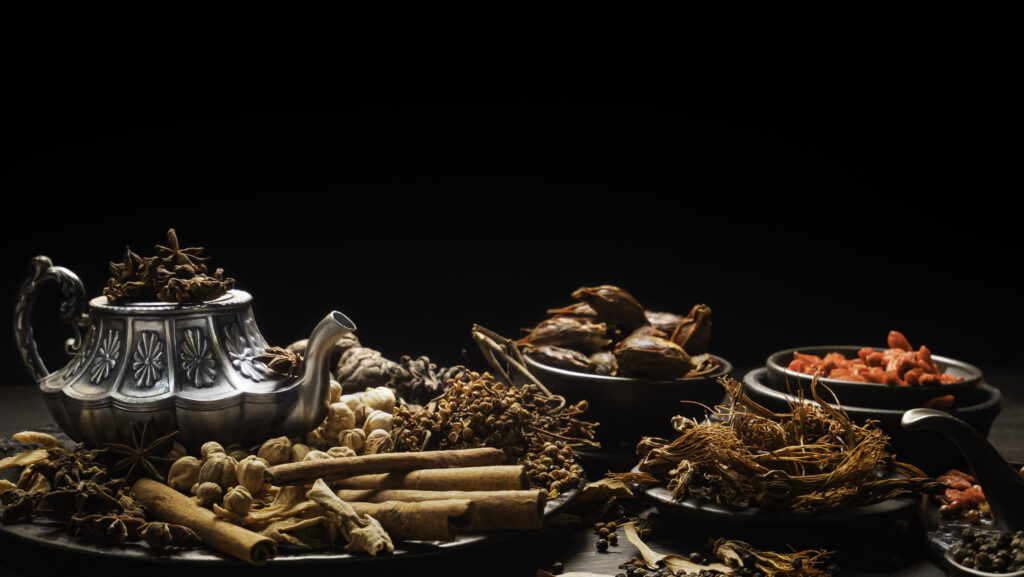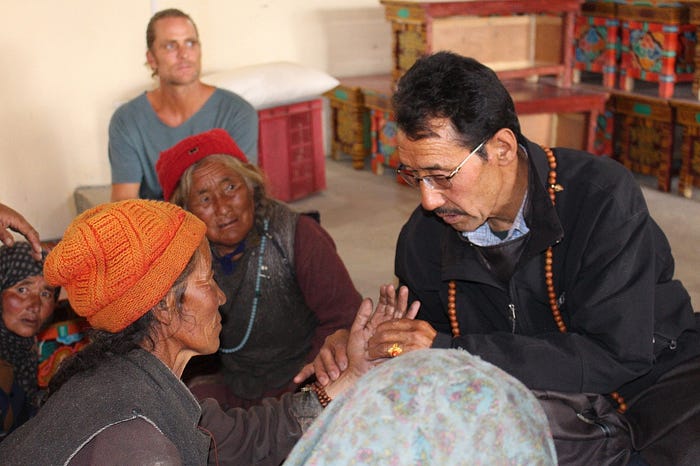The Himalayan Healers: Ancient Herbal Wisdom in Modern Nepal
By Thiloththama Jayasinghe

The Himalayan Healers: Ancient Herbal Wisdom in Modern Nepal

Beneath the misty trails and sky-reaching peaks of the Himalayas is a quiet tradition of healing—based on centuries of Tibetan medical heritage and nourished by nature itself.
In Mustang’s Mountain villages, Dolpo, and other remote regions of Nepal, a group of traditional healers called Amchis continue to practice Sowa Rigpa, the ancient Tibetan medical system. They are not herbalists alone—they are spiritual guides, botanists, and pharmacists all in one. With no modern clinics or medicines available, locals and even trekkers who visit rely on the Amchi’s extensive knowledge of the body, mind, and the medicinal properties of Himalayan plants.
The Healing Art without Modern Medicine
Unlike traditional medicine, Sowa Rigpa views health as balance between three powers: wind, bile, and phlegm. When these forces are in discord—due to diet, lifestyle, or emotional disturbances—disease arises. Amchis don’t treat a symptom and then diagnose it; they look for the underlying spiritual and emotional causes of the symptom. They utilize herbal medication, dietary treatments, meditations, and rituals to reestablish balance.
Their pharmacies? The mountains themselves.
Trekking to Obtain Remedies
Amchis travel once a year—trekking for days on alpine grasslands, rock faces, and forests—to harvest medicinal herbs. Some grow only above 4,000 meters, like yarsagumba, a prized fungus-insect combination prized for its energy-boosting properties. Others are jatamansi for stress, rhodiola for energy, and kutki for liver health.
Amchis dry and hand-grind these herbs following generations-old techniques, preserving traditional recipes. They often compound these remedies with butter, honey, or mineral powders to ensure better absorption. Every step is guided by precision, patience, and prayer.
Ancient Wisdom, Global Appeal
In the last decade, the global wellness movement has awakened interest in ancient healing systems like Tibetan medicine. Researchers and travelers have started visiting Amchi clinics to learn and to get treated. But what they find most attractive is the holistic philosophy—healing not just the body, but the soul, by harmony with nature and society.

Challenges of Survival
Even as they become more pertinent, Amchis are not without challenges. Younger Nepalis migrate to cities, and interest in the traditional practices is vanishing. Climate change is also impacting the cycle of growth of the valuable herbs, and over-harvesting is threatening the populations of rare plants.
To counteract this, local NGOs and Amchi associations are encouraging sustainable harvesting, cultivation of threatened herbs, and recording of ancient knowledge. Training centers now exist in Kathmandu and other towns to preserve this healing legacy.
More than Medicine
Amchi practice is deeply spiritual. Meditation, chanting, and blessings form part of the healing rituals.
Amchi is not only a medical practitioner but also a protector of balance between the human self and the nature cycles.
To sit in an Amchi’s humble stone hut, as wind howls across the peaks and a pot of herbal tea simmers on the fire, is to witness a kind of magic—one that is old, patient, and quietly powerful.
In a world chasing instant cures and high-tech solutions, the Amchis of Nepal remind us that healing can also come from the earth, from balance, and from deep-rooted wisdom.

